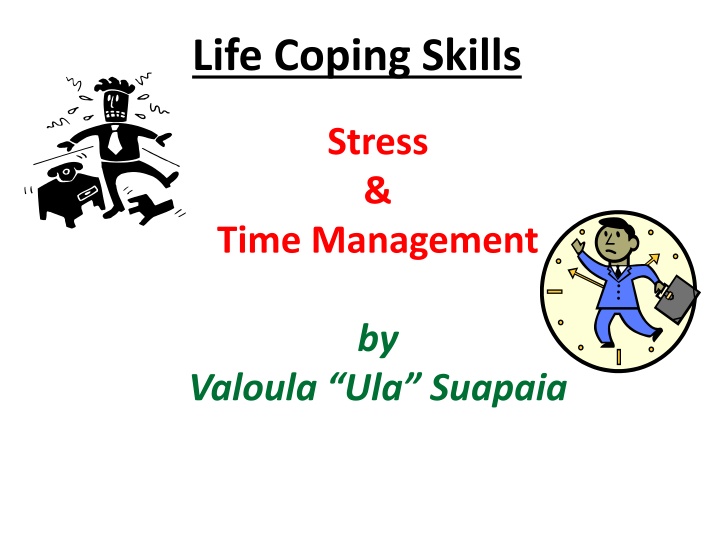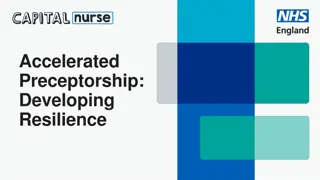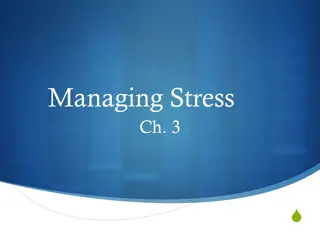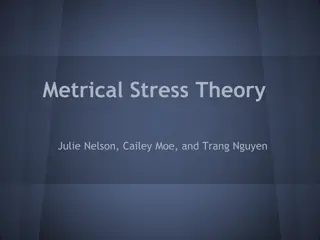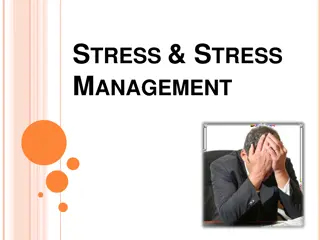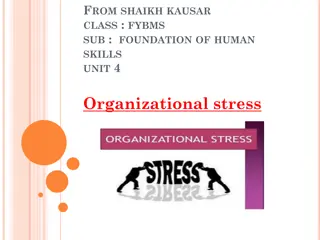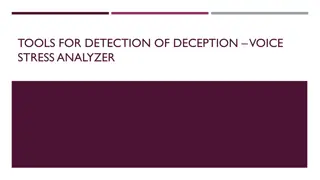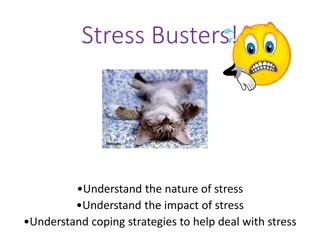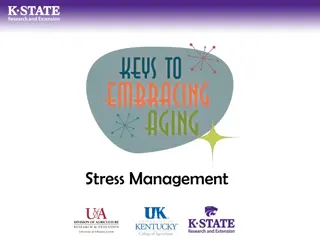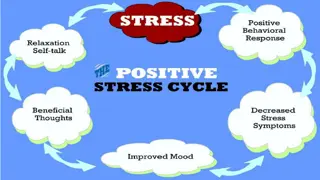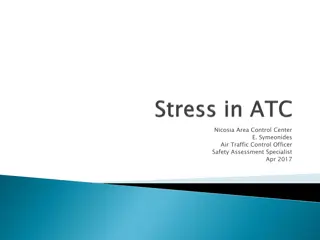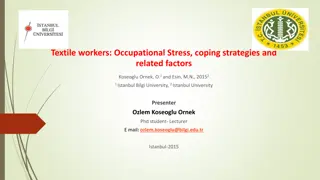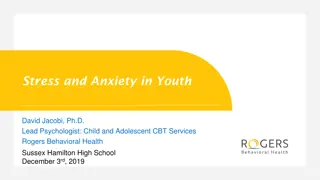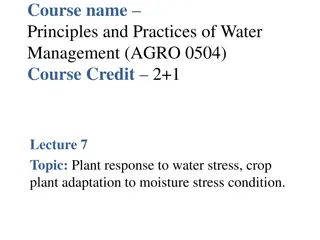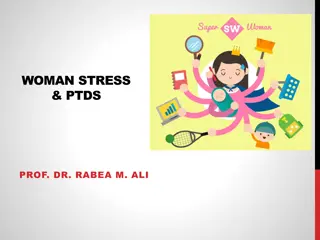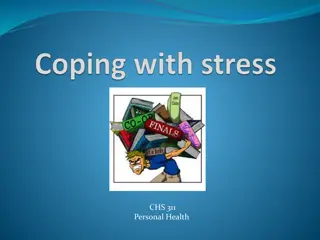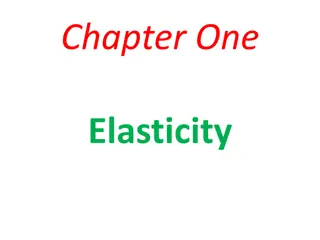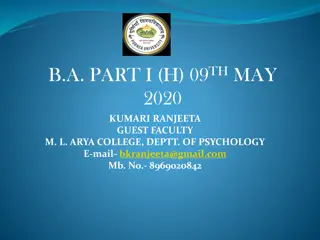Efficient Stress and Time Management Strategies
Understanding stress, identifying stressors, prioritizing tasks, and organizing responses are key components of effective stress and time management. By learning to manage stress well, organizing tasks based on importance and urgency, and establishing routines, individuals can gain a sense of control and minimize wasted time.
Download Presentation

Please find below an Image/Link to download the presentation.
The content on the website is provided AS IS for your information and personal use only. It may not be sold, licensed, or shared on other websites without obtaining consent from the author.If you encounter any issues during the download, it is possible that the publisher has removed the file from their server.
You are allowed to download the files provided on this website for personal or commercial use, subject to the condition that they are used lawfully. All files are the property of their respective owners.
The content on the website is provided AS IS for your information and personal use only. It may not be sold, licensed, or shared on other websites without obtaining consent from the author.
E N D
Presentation Transcript
Life Coping Skills Stress & Time Management by Valoula Ula Suapaia
What is Stress? Feeling out of control or pressured in an area or areas in life. You cannot eliminate stress or the pressures of time Stress happens! Learn to manage it well.
What can you control? Only how you respond to what you feel and what you think (ref: Anger Management)
I.P.O.D Model of Stress and Time Management Identify stressors Stressors are those things, people, or situations that you respond to with tension, anxiety, worry, or an out-of- control feeling. What are some of your stressors? List stressors on the board.
Prioritize In order to effectively deal with stress and time we must put in order the things that are most important and need attention most immediately. Prioritize the previous stressors on the following chart on the board.
Important This must get done in order for life to continue. Unimportant- The world will continue even if this never gets done. Immediate This must get done NOW! Wait This might need to get done sometime before the next ice age.
Important Unimportant Immediate Wait Circle the most populated quadrant. Many of the things we spend the most effort and time on are unimportant and can wait.
Organize Since we cannot eliminate or control stress or the pressures of time, we must purposefully organize our responses. Schedule Using the information from identifying stressors and prioritizing, place the most important and immediate things on a schedule first. If we schedule things we tend to get them done and it gives a sense of control.
Routine Repeated routine forms habits. Establish a routine time and way you deal with stress and managing tasks. Routine gives us a sense of control which minimizes stress and wasted time.
Plan - Make a purposeful response plan to predicted stressors. Planning responses helps to create healthy response patterns rather than defaulting to stress responses.
Do it! Effective management requires purposeful plans that are carried out. A positive plan that is implemented leads to learning and growth. The negatives that we think about five times more than the positives keep us in a stress pattern. We all have don ts in our head. In order to effectively manage stress we must change the negative don ts into positive dos.
You cant do a dont, the only way to do a don t is to change the don t into a do and end up doing the do rather than doing the don t. (R. Newton) List don ts on the board then change each one into a positive do . e.g. Stealing e.g. Disrespect Don t e.g. Give to others e.g. Compliment Do____
Test Hand out tests and collect when done Questions & Answers
